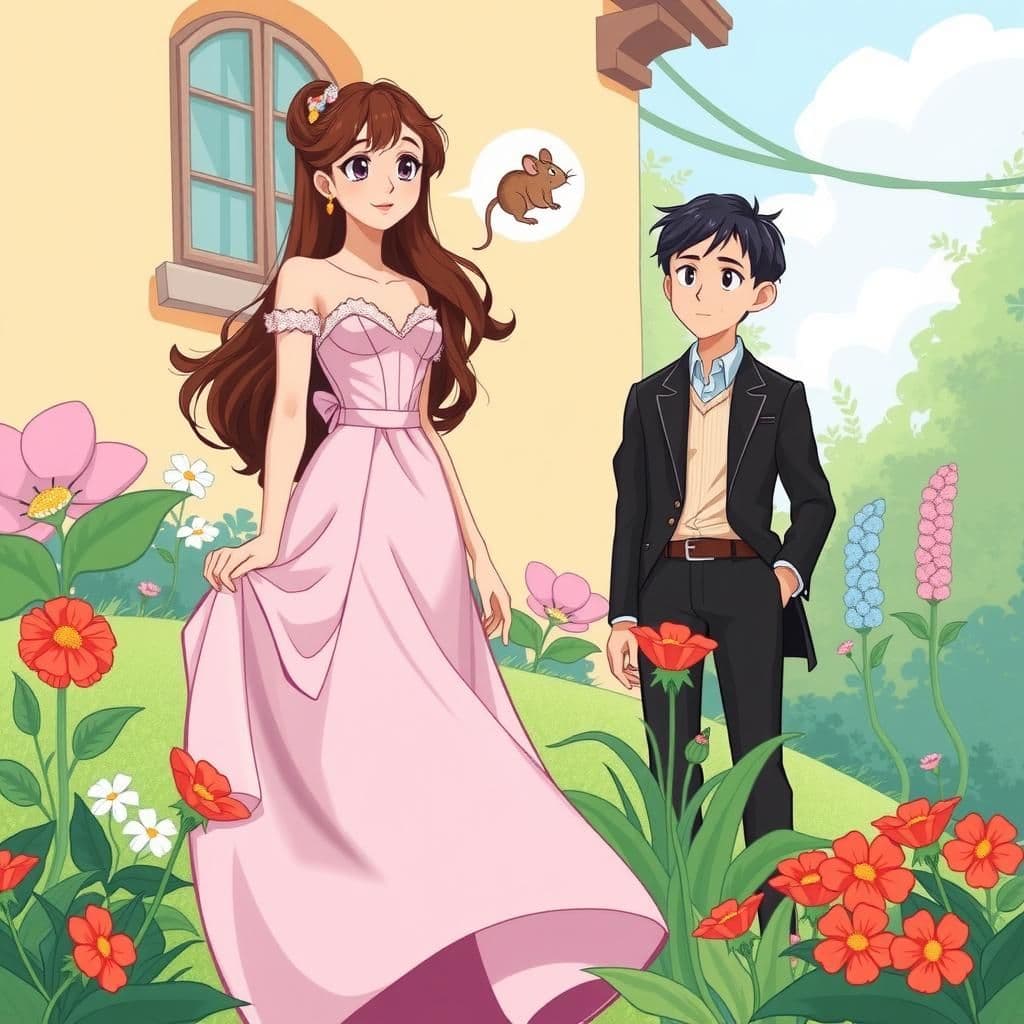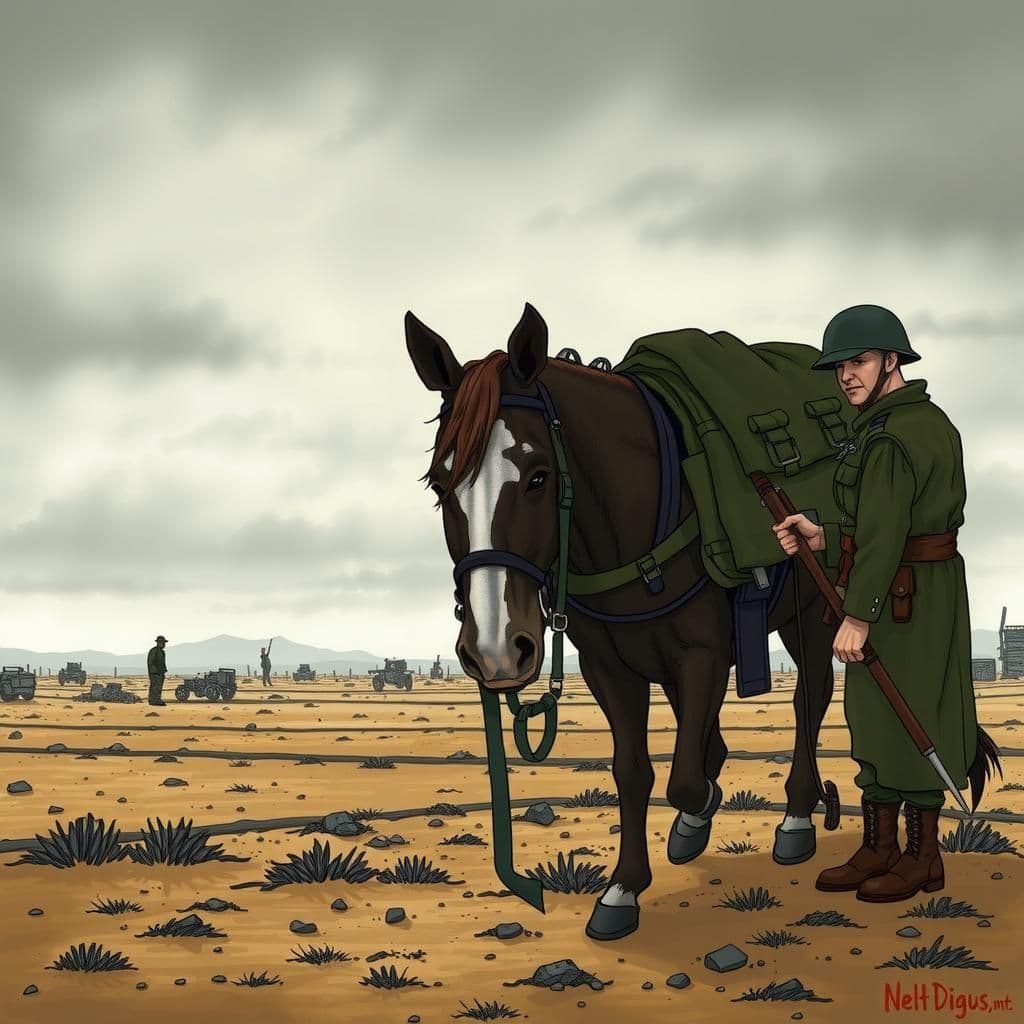The Cat and the Youth

Story Summary
In the captivating short story "The Cat and the Youth," a cat in love with a handsome young man asks Venus to transform her into a woman. However, when a mouse appears, her panic reveals her true nature, leading to the young man's rejection. This concise moral story illustrates that true identity cannot be hidden, making it a valuable lesson for students.
Click to reveal the moral of the story
Desiring to change one's nature does not guarantee the ability to overcome inherent instincts or fears.
Historical Context
This story is a variant of the ancient fable tradition, particularly reminiscent of tales found in Aesop's Fables, where animals possess human traits and emotions to convey moral lessons. The theme of transformation and the nature of desire also echoes elements from Ovid's Metamorphoses, illustrating the complexities of identity and the consequences of one's wishes. The narrative highlights cultural views on femininity and the absurdity of love, common motifs in folklore and literature throughout history.
Our Editors Opinion
This story illustrates that true identity cannot be changed by mere external transformations; one's inherent nature will ultimately reveal itself. In modern life, a real-life scenario might involve a person who tries to reinvent themselves to fit into a new social circle or workplace but eventually finds that their old habits and traits resurface, resulting in conflicts and misunderstandings that prevent genuine acceptance.
You May Also Like

The Fox and the Cat
In "The Fox and the Cat," a well-known moral story from short story collections with moral lessons, a boastful Fox brags about his many tricks for escaping danger, while the pragmatic Cat relies on her single, reliable method. When a pack of hounds approaches, the Cat quickly escapes by climbing a tree, while the Fox hesitates and ultimately meets his demise. This engaging moral tale emphasizes the value of having one dependable solution over numerous uncertain options, making it a great addition to moral stories for students.

The Horse and His Rider
In this heartwarming short story with a moral, a dedicated horse soldier initially treats his steed well during the war, but neglects and overworks the horse afterward. When war is declared again, the horse collapses under its heavy military gear, lamenting that the soldier has transformed it from a strong horse into a burdened ass, illustrating the consequences of neglect and mistreatment. This uplifting tale serves as a reminder that we must care for those who support us, as real-life stories with moral lessons often show.

The Thirsty Pigeon
In "The Thirsty Pigeon," a moral story that serves as a cautionary tale for children, a pigeon, desperate for water, mistakenly believes a painted goblet on a signboard is real and crashes into it, injuring herself. Captured by a bystander, her plight illustrates the importance of discretion over impulsive actions, making it a valuable lesson found in motivational stories with moral for class 7.
Other names for this story
Feline Love Story, The Enchanted Cat, Cat's Wish for Love, Transformed by Desire, Venus's Playful Change, The Cat Who Became a Woman, Love Beyond Species, The Youth and the Feline Heart
Did You Know?
This tale highlights the theme of the superficiality of love and desire, demonstrating that true transformation goes beyond mere physical changes; the woman's instinctual reaction to the mouse reveals that her feline nature remains intact, ultimately leading to her rejection.
Subscribe to Daily Stories
Get a new moral story in your inbox every day.